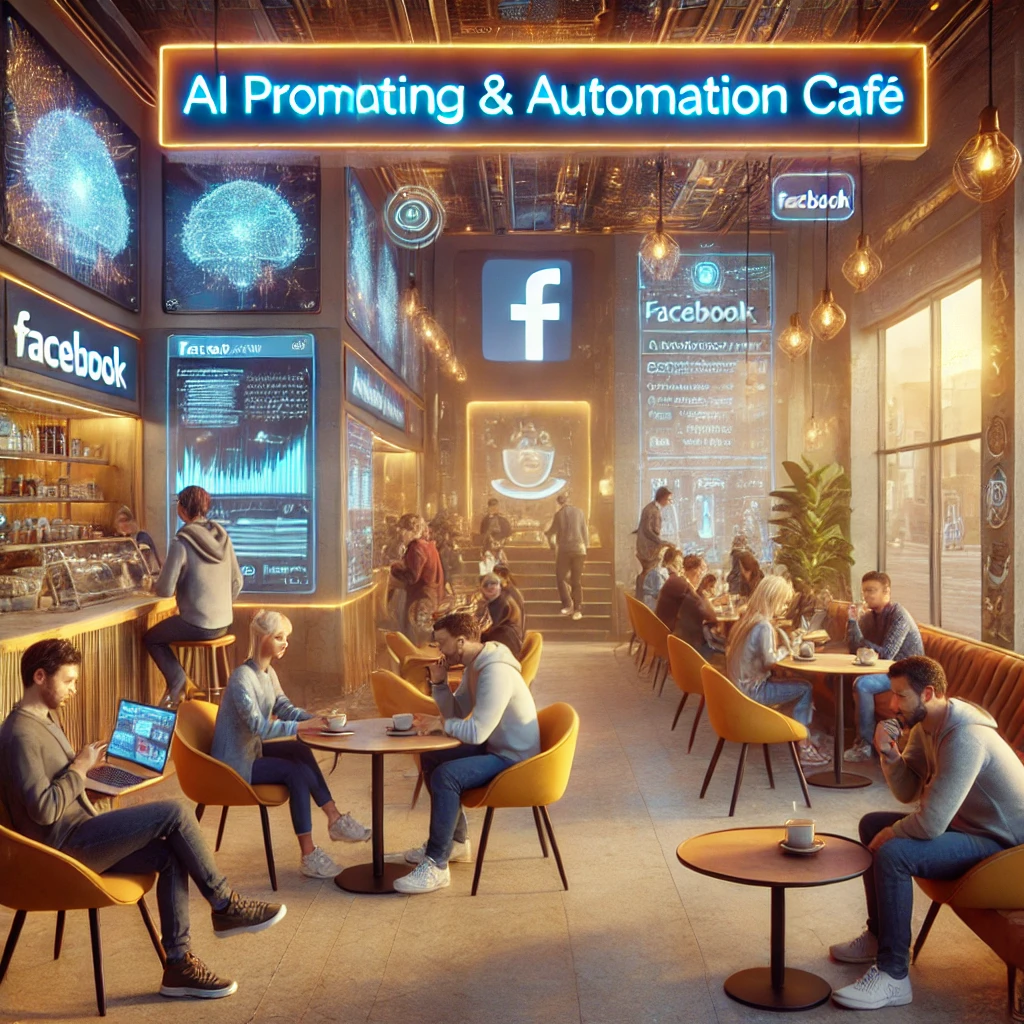Unleashing the Power of Generative AI with Context Engineering
Generative AI has taken the technology world by storm, enabling machines to simulate human-like creativity. These models can write stories, compose music, create images, and even generate software code. But while the capabilities of generative AI models such as ChatGPT, DALL·E, and others are undeniably impressive, their true potential remains untapped without one essential ingredient — contextual relevance.
Enter Shelly Palmer, a tech thought leader and innovation strategist, who recently explored the concept of enhancing generative AI with proprietary data. Through his lens of “context engineering,” Palmer is guiding businesses and decision-makers to not just use AI tools but to truly transform business workflows, customer interactions, and strategic outcomes.
Understanding Context Engineering
At its core, context engineering involves enriching AI-generated outputs with domain-specific, proprietary data that reflects an organization’s unique processes, goals, and knowledge base. This process helps generative AI models produce content, suggestions, and results that aren’t just coherent but also highly relevant and actionable.
While large language models (LLMs) like GPT-4 are trained on immense public datasets, they lack the specific knowledge of your business — unless you give it to them. That’s where context engineering becomes a game-changer.
Why Generic AI Outputs Are Not Enough
Pre-trained generative models have a general knowledge of the world, but Palmer identifies their critical shortcoming:
- They do not understand your business context
- They can’t access your proprietary data or internal documentation
- They might produce errors or ‘hallucinations’ without the right guardrails
That’s why businesses trying to use raw generative AI as a plug-and-play tool often struggle to integrate its capabilities effectively. The results may be novel, but not necessarily useful.
Bridging the Gap Between Data and Intelligence
Shelly Palmer emphasizes that we are at a crossroads in AI implementation — where injecting proprietary data into AI modeling provides an edge. Simply put:
“Data without context is just noise.”
With context engineering, LLMs become exponentially more useful. They can:
- Generate reports tailored to your industry
- Interact with customers using your tone and knowledge base
- Create code aligned with your internal architecture
- Provide strategic insights based on your KPIs
That transformation comes when you connect your proprietary data systems — CRM platforms, internal documentation, historical records, policy databases — directly with your AI workflows.
How Companies Can Implement Context Engineering
Transitioning from generic AI use to context-aware systems involves several steps. Palmer suggests an approach rooted in design thinking, iterative development, and security-conscious data integration.
1. Identify Business Use-Cases
Before integrating any AI model, companies must define what they want it to achieve. Start by identifying parts of your operation that could benefit from automation, insight generation, or customer interaction. For instance:
- Automate customer support responses using company policies
- Create marketing content aligned with brand voice
- Generate internal reports based on CRM data
2. Prepare Your Proprietary Data
To make AI outputs relevant, businesses need to provide the correct context:
- Organize internal documents, support logs, or style guides
- Use APIs to link LLMs with databases and business tools
- Ensure data is structured and readable (using formats like JSON or CSV)
Through a process called embedding, this information can be converted into vector representations that AI models can access and interpret.
3. Maintain Security and Compliance
Palmer highlights that cybersecurity and privacy concerns are paramount. Sharing sensitive proprietary data with third-party models requires rigorous protocols:
- Use secured environments with private instances of LLMs
- Mask or encrypt confidential information
- Adhere to regulations like GDPR or HIPAA where applicable
Choosing AI vendors who offer enterprise-level controls and transparency in data usage is critical to building trust and functionality.
4. Build Feedback Loops
AI systems are only as effective as the feedback they receive. Context engineering is an iterative process where businesses:
- Evaluate initial AI outputs for accuracy and functionality
- Fine-tune prompts and update contextual datasets
- Train employees to monitor and improve interactions
Continuous testing and improvement are what make these systems robust and scalable.
The Advantages of a Context-Enriched Generative AI System
When implemented correctly, the benefits of integrating proprietary data into generative AI workflows are enormous:
Improved Accuracy and Relevance
Generic models may give plausible-sounding but incorrect answers. Contextualizing them with your data vastly increases reliability. For example:
- A sales assistant AI tool can quote your actual prices and availability
- HR bots can communicate company policies directly, avoiding misinformation
Faster Operational Efficiency
Employees save countless hours when AI can draft documents, generate legal templates, or build marketing campaigns using internal standards automatically.
Better Customer Experience
With access to your service manuals, FAQs, and personalized preferences, customer-facing bots can deliver personalized, consistent, brand-accurate interactions that feel genuinely human.
Competitive Advantage
In Palmer’s view, companies that see generative AI as a productivity multiplier — not merely a novelty — will build systems that give them a measurable edge in innovation and responsiveness.
RAG and the Next Phase of AI-Powered Decision Making
One of the key technologies discussed by Shelly Palmer is Retrieval-Augmented Generation (RAG), a technique that allows AI systems to access external data sources in real-time. Instead of relying only on pre-trained knowledge, an LLM is directed to retrieve relevant documents or data during the generation process.
This approach is especially powerful when:
- The AI tool needs up-to-date financial or market information
- It must quote compliance details or company-specific inputs
RAG helps avoid the trap of “hallucination” — where AI confidently outputs false information — by anchoring responses in real, retrievable sources.
The Technical Stack Supporting RAG
Palmer outlines how APIs, embedding databases, and model orchestrators are part of this context ecosystem. Integrations with platforms like:
- Pinecone – for vector-based search
- LangChain – for model chains and prompt workflows
- OpenAI or Anthropic APIs – for text generation
These tools enable developers to build customized AI applications that not only sound human but are backed by business-accurate data.
Final Thoughts: Shifting the Paradigm with Context
Shelly Palmer’s call to action is clear: Generative AI without context is like a car without fuel. The engine may rev, but it’s not going anywhere meaningful.
Through context engineering, companies can move past basic automation and harness AI as a true strategic ally. The most competitive organizations in the coming decade won’t be those who merely implement AI — but those who implement it wisely.
By blending the creative force of language models with the precision of proprietary data, businesses can unlock a new level of performance that’s not just efficient — it’s transformative.
Start Small, Scale Strategically
For companies ready to dive into the realm of contextual AI, Palmer’s advice is pragmatic:
- Start with a pilot project tied to a specific business unit
- Measure value and adjust workflows based on feedback
- Expand gradually, layering greater complexity and integrations
Generative AI is not a fad — it’s a foundational shift in how information is processed. And with context engineering as the roadmap, your business can lead the charge into an intelligent, efficient, and highly personalized future.






